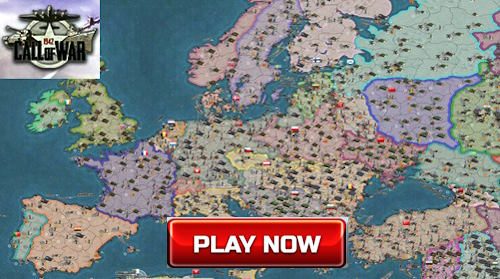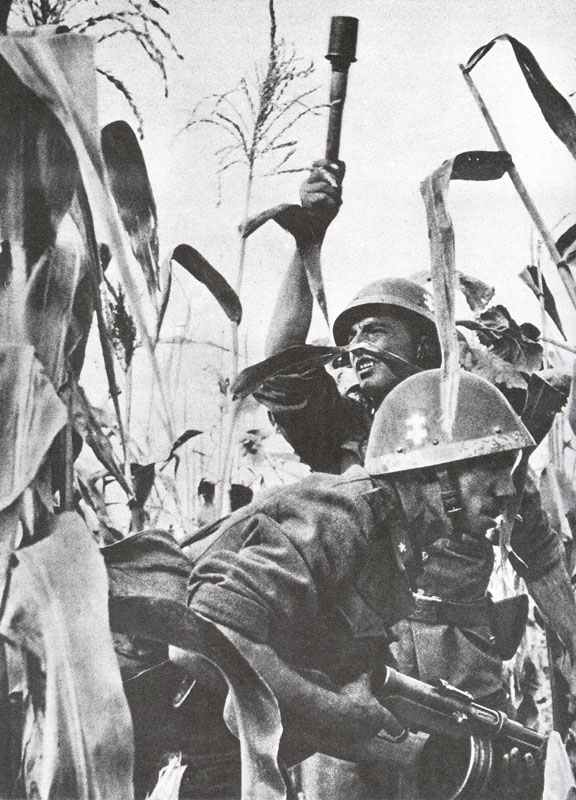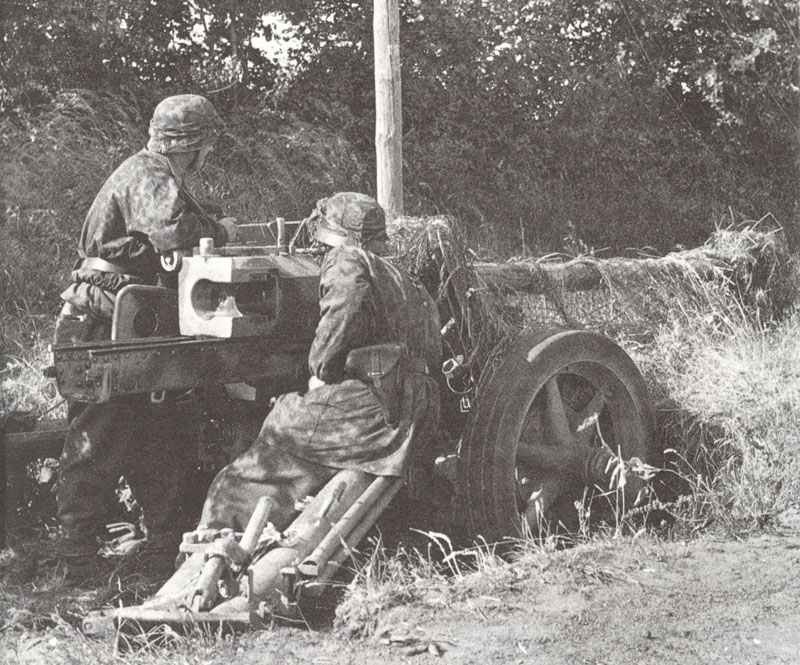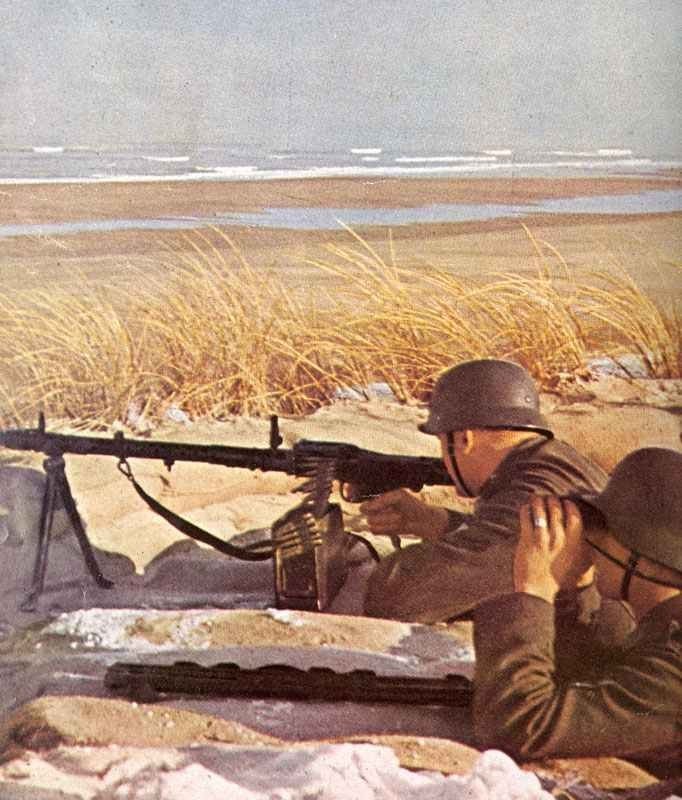Hitler’s declaration of war to the United States appears to be difficult to understand, superfluous, and sealed the fate of the Third Reich.
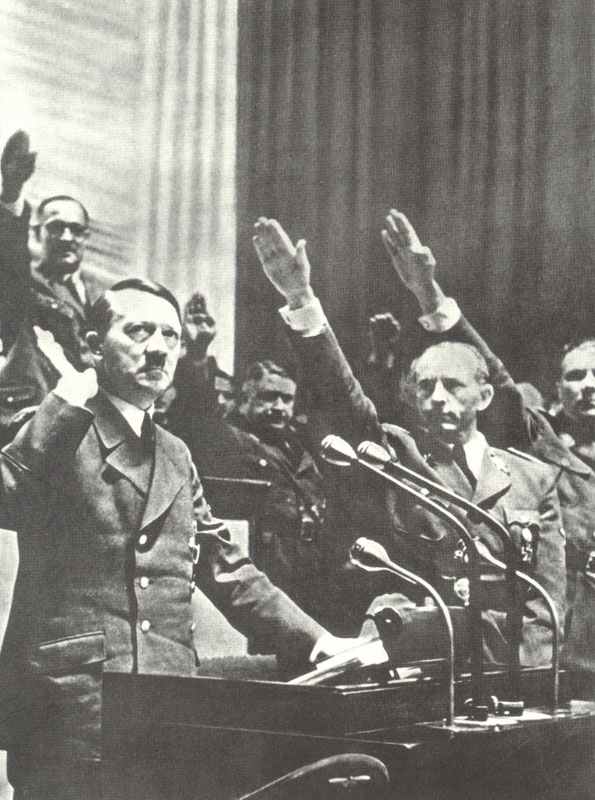
On 12 December 1941, Adolf Hitler declared war on the USA with a long Reichstag speech. In retrospect, and in light of the simultaneous setbacks on the Eastern Front at Moscow through the successful counteroffensive of the Red Army, this action appears to be incomprehensible and ultimately sealed the end of the Third Reich.
In this Reichstag speech, Hitler maintained that the attempt by Germany and Italy to prevent the expansion of the war was thwarted by Roosevelt’s ‘long-time provocations’. According to the Dreimaechtepakt (Axis pact), he was therefore compelled to explain war to the USA by the Japanese entry into the war.
The SD (security police service) reported a few days later that the majority of the German population felt that the declaration of war to the USA was by no means surprising and simply formalized the already existing state. Nevertheless, there was a concern that a long war was now to come, which could only be ended by a compromise peace. Many Germans had also remembered that the US entry into the war in 1917 had decided World War One.
Even propaganda minister Goebbels made it clear that the US entry to the war was a source of concern.
And the commander of the U-boats, Doenitz, was surprised by the news of the declaration of war. Already months earlier, he had asked Hitler to inform him beforehand if the war against the USA were to come. Thus, he could deploy the German submarines off the American east coast and cause serious damage to the unprepared merchant shipping routes.
At Hitler’s headquarters Wolfsschanze in East Prussia, General Warlimont, the deputy of Jodl, and responsible for operational planning, remarked that the declaration of war had been ‘amateurish’ and without a thought-out strategy by spontaneous reaction, without prior consultation or discussion.
There would now be a two-front war in its ‘hardest form’, since the strategy so far had failed to eliminate Russia as the last possible opponent on the European continent, and then to end the war with Great Britain in one way or another.
Also, Foreign Minister Ribbentrop was said to have pointed out to Hitler that Germany was only obliged to support Japan in the event of an attack by another state. But since Japan had itself started the hostilities against the USA, Germany was not obliged to intervene.
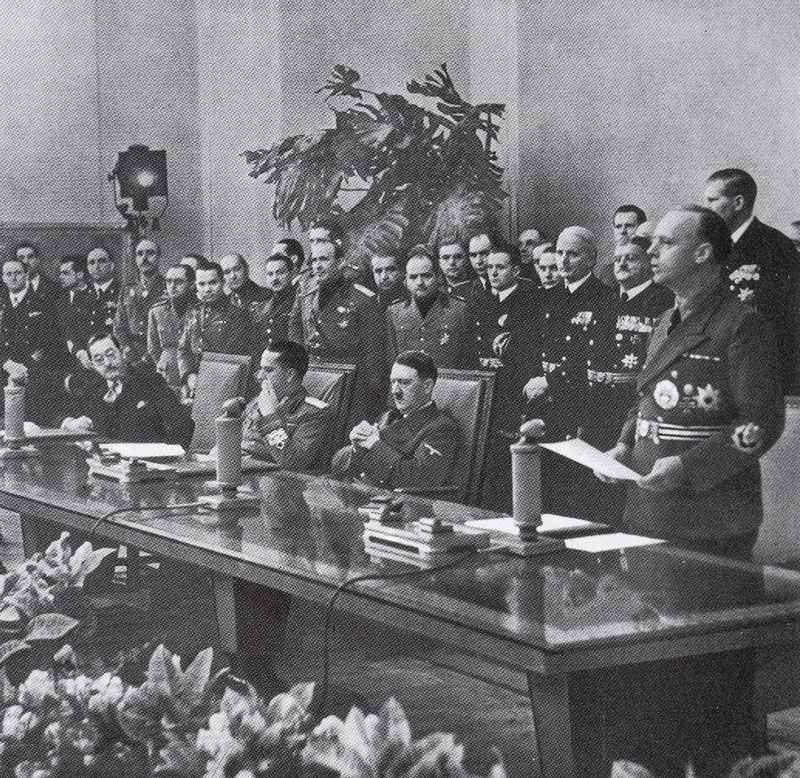
For this reason the declaration of war was regarded as neither self-evident nor necessary for many Germans and even in Hitler’s environment. Even in retrospect, this lonely decision by Hitler seems inexplicable and insane. At the critical moment of the fighting on the Eastern Front, he decides to declare war on another, powerful enemy, without knowing how to defeat him.
Hitherto, all the openings of Hitler’s hostilities have been carried out by a flash-like attack – this is his sole ‘formal declaration of war’ without any previous or simultaneous military actions.
Hitler’s view about America
Hitler saw in the dominating white race of America, with its economic successes and resulting high living standards as a model for his vision of the ‘German living space’ in Europe. The rapid economic rise of the United States has not been made possible just by technical and organizational progress and industrial revolution, but also by the violent conquest of foreign territories.
According to him, ‘the White has shot the millions of Redskins to a few hundred thousand and taken their land.’ This also corresponded to Hitler’s ideas about the ‘gaining of German living space with the sword’.
Already in one of his first speeches in 1919, Hitler described the US as one of the greatest enemies of Germany. America had only entered World War One because of the bloody money.
As a ‘money-land’ that was the great believer of Britain and France, America had to intervene in the war in order not to lose the lent money and to receive a lion’s share of the war gains. And the link followed directly, since ‘the Jew’s purse was the most sacred.’ That is why America was for him the new world power dominated by ‘Jewish capitalism’.
During the Weimar Republic the relations with the USA had been good and had improved constantly. They changed only since the Nazis took over power.
Reasons for this were emerging tariff disputes, the lack of willingness to pay for American credits, and above all the increasing persecution of Jews and oppositions as well as attacks on the Christian churches and the burning of books. Added to this was militarism and reconstruction together with an increasingly aggressive foreign policy, which seemed to endanger peace in Europe.
However, that the Americans were becoming more and more critical of Germany, was creating not any sleepless nights to Hitler. The ideological presuppositions of the Nazi regime were, of course, not compatible with American liberalism, which could simply be ignored.
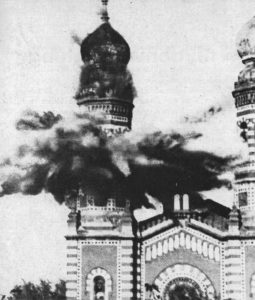
After the ‘Reichskristallnacht’ (Reich Crystal Night), however, the attacks from America were sharper. This was the background for one of Hitler’s most important and most revealing speeches on January 30, 1939, on the anniversary of his seizure of power.
The central point was that the Jewish financial capital in Great Britain and the USA was a threat to Germany. The Jews were warriors who wanted to force a war on Germany, which he did not want. However, Germany would accept the challenge and fight until the end. And if war were to come, Hitler threatened, then those who were the cause, namely the Jews, would disappear.

References and literature
Der 2. Weltkrieg (C. Bertelsmann Verlag)
Zweiter Weltkrieg in Bildern (Mathias Färber)
Illustrierte Geschichte des Dritte Reiches (Kurt Zentner)
Unser Jahrhundert im Bild (Bertelsmann Lesering)
A World at Arms – A Global History of World War II (Gerhard L. Weinberg)
Fateful Choices (Ian Kershaw)



